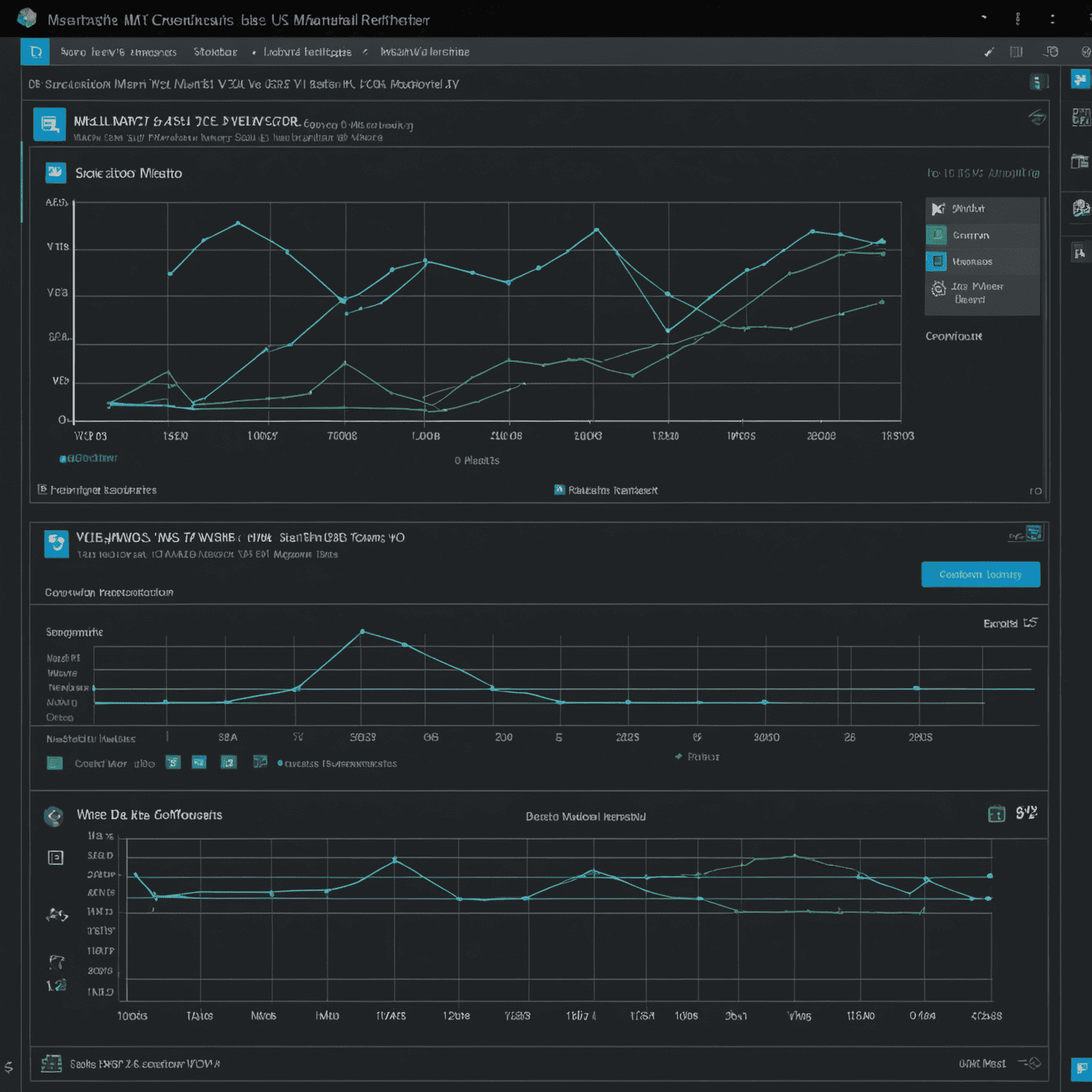Step-by-Step Guide: Migrating from Hyper-V to VMware
In the ever-evolving landscape of virtualization, the ability to perform V2V (Virtual to Virtual) conversions is becoming increasingly crucial. This comprehensive guide will walk you through the process of migrating your virtual machines from Microsoft Hyper-V to VMware vSphere, ensuring a smooth transition in your virtualization journey.

1. Preparation Phase
Before initiating the migration, it's essential to lay the groundwork for a successful conversion:
- Assess your current Hyper-V environment and document VM configurations
- Ensure your VMware environment has sufficient resources to accommodate the migrated VMs
- Verify network connectivity between Hyper-V and VMware hosts
- Choose a suitable V2V converter tool (e.g., VMware vCenter Converter Standalone)
2. Pre-Migration Checklist
Complete these tasks to minimize potential issues during the conversion:
- Update Hyper-V Integration Services on source VMs
- Clean up unnecessary files and snapshots on Hyper-V VMs
- Verify that VMware Tools are available for installation post-migration
- Plan for any necessary IP address changes
3. Executing the V2V Conversion
Follow these steps to perform the actual migration:
- Install and launch your chosen V2V converter tool
- Select the source Hyper-V VM for conversion
- Choose the destination VMware vSphere environment
- Configure VM settings for the target environment (CPU, RAM, storage)
- Initiate the conversion process and monitor progress

4. Post-Migration Optimization
After the conversion is complete, optimize your newly migrated VMs:
- Install VMware Tools on the migrated VMs
- Verify network configurations and update if necessary
- Test application functionality and performance
- Remove any remnants of Hyper-V-specific drivers or services
- Implement VMware-specific features like vMotion or DRS as needed
5. Troubleshooting Common Issues
Be prepared to address these potential challenges:
- Boot failures due to hardware compatibility issues
- Performance degradation caused by unoptimized virtual hardware
- Network connectivity problems stemming from driver incompatibilities
- Application licensing issues related to hardware changes
Conclusion
Mastering V2V conversions from Hyper-V to VMware is a valuable skill in the 2025 virtualization landscape. As the future of computing continues to evolve, the ability to seamlessly migrate between platforms ensures flexibility and scalability in your virtual infrastructure. By following this guide and leveraging modern V2V converter tools, you're well-equipped to navigate the complexities of cross-platform virtualization migrations.
Remember, the key to successful V2V conversions lies in thorough preparation, careful execution, and diligent post-migration optimization. As virtualization technologies advance, stay informed about the latest trends and tools to keep your skills sharp and your virtual environments running at peak efficiency.